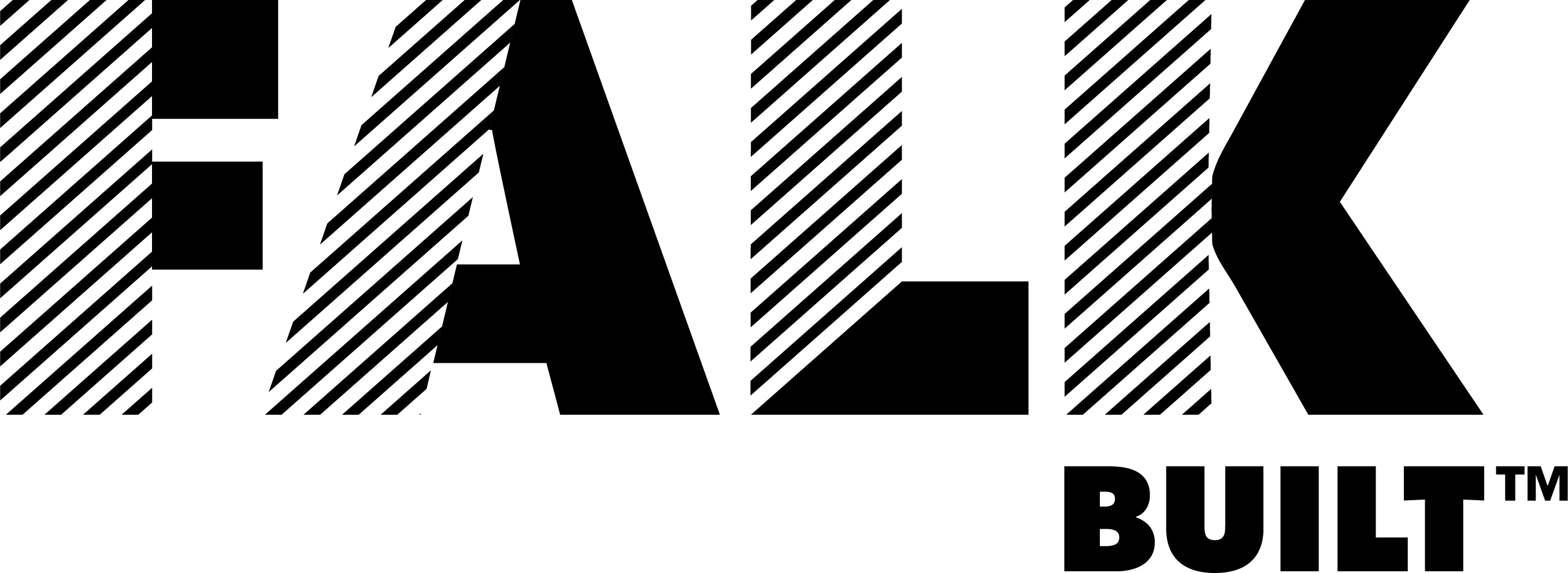Don’t sacrifice primary objectives for secondary requirements
Goal. Plan. Success.
I was once part of a total interior overhaul that never made much sense to me. The goals we eventually achieved did not resemble with the goals with which we started.
A three-year-old building was not delivering what the client wanted. No drastic changes had occurred over those years, but the owners flat-out didn’t like the way the space felt. They wanted the flooring, walls, lighting, etc. to make a better statement to the world. And they were willing to go through the disruption of a long construction project to make the space “feel better.” The client set a firm budget and completion date. The architect worked on the construction drawings in a silo, without client or contractor collaboration. When those drawings were ready, after nearly a year, it became evident that the renovation would be 20% over the client’s budget and would extend two months past the completion date they’d set.
When the team managing the renovation got the final budget and timeline, they frantically gathered the architect and all the construction team leads into a room and asked everyone, “What can you do to reduce your cost?” In just over an hour, the state-of-the-art LED lighting was reduced to ready-to-ship inventory selections. The beautiful ceiling systems were discarded, and their replacements were selected only by price and ship date, with barely a look at the fixtures themselves. Carpet was downgraded to the quick-ship program, and the beautiful design slowly slipped away.
We spent the next four months demolishing an average space only to replace it with a new average space. Everyone put in a heroic effort and delivered on time and on budget, so the project was a success . . . or was it?
Projects have primary and secondary objectives.
Primary objectives are the project’s top priorities. You can identify them by putting yourself in the boardroom when the decision to move forward was made. How do you think the conversation went in this example? “Members of the board—we need something to do! I propose we completely renovate our three-year-old regional headquarters building so that we can spend $2.4 million dollars by November first of next year.” Of course not.
Budget and completion date are secondary objectives in this case. The boardroom conversation was probably something more like, “Members of the board—our three-year-old regional headquarters is inconsistent with the culture and brand we have built. We need this space to be a better reflection of who we are. To convey to our team that they are valued by the company and that we want them to work in an inspiring and rewarding environment.”
I have seen many different primary objectives. For healthcare spaces, privacy of speech and ease of cleaning become primary. For a school that has students coming in two months, time becomes a primary objective.
Get very clear on primary objectives by continually asking yourself why you are doing the project in the first place. What need, pain, or passion drives the undertaking?
Secondary objectives are subject to the primary objectives. Secondary objectives are not the goal of the project. They are either the parameters that must be managed while achieving the primary objectives or additional benefits that can be delivered because a project is underway—fringe benefits, per se.
In the case of the regional headquarters renovation, the budget and completion dates were important to manage, but they were not the purpose of the project. What would the board have said if early design development had delivered a more accurate budget and manageable timeframe? Would they rather have paid 20% more and had the project finished two months later while achieving the primary goal, or have spent the estimated budget and not accomplished the main aim of the project?
The most common secondary objectives I see are cost and schedule. But if you’re a startup company with a fixed amount of capital and a firm start date, you may find that cost and completion date are among your primary objectives and nearly everything else is secondary. Other examples of secondary objectives would be cleaning out abandoned data cables left above the ceiling while installing higher-capacity cables in the same area, or having all of the adjacent carpets cleaned when finishing up a renovation. When you embark on your next construction project, achieve your primary goals by managing your secondary objectives.
Image by Silas Kohler

How to keep your primary objectives intact:
1. Work to create a firm vision of your primary objectives. If you are unclear, you can be sure your architect and contractor will be even less clear. Make sure everyone on the team knows why you are building. 2. If you feel resistance early on from the architect or contractor, consider whether they are a good fit for the project before contacts are finalized. 3. Create a set of filtering questions to help you address primary goals when your architect or contractor suggests an alternate approach. For example, suppose during the regional headquarters project, the client’s team had asked the design firm, “Does this decision deliver an inspiring and rewarding environment well above what we had before?” The rest of the conversation would have focused on how to achieve the primary objectives, not just how to reduce cost. 4. Plan for realistic, not optimistic. When you hear a range of $80–$120 and you want higher-end finishes, plan for $120. If you’re told a project will take 8–10 months and you want the extras, plan on 10 months. 5. Collaborate. Construction projects involve hundreds if not thousands of people. a. Pick your architectural and construction teams early. b. Work regularly with the design and construction teams throughout the process. Don’t just wait for the finished plans. c. Watch for silos—make sure that information is being shared and that the right people are involved in meetings. This will avoid finger-pointing between the contractor and architect.
You are the one accountable for the success of this project. Insist that the architect and contractor bring you into conversations about solving problems. Problems will always arise in a construction project, and day-to-day distractions abound. It’s up to you to keep the focus of the entire team on the primary objectives.
Connect with our focused team
Contact Your BranchWritten by Lance Henderson 10.26.2019
